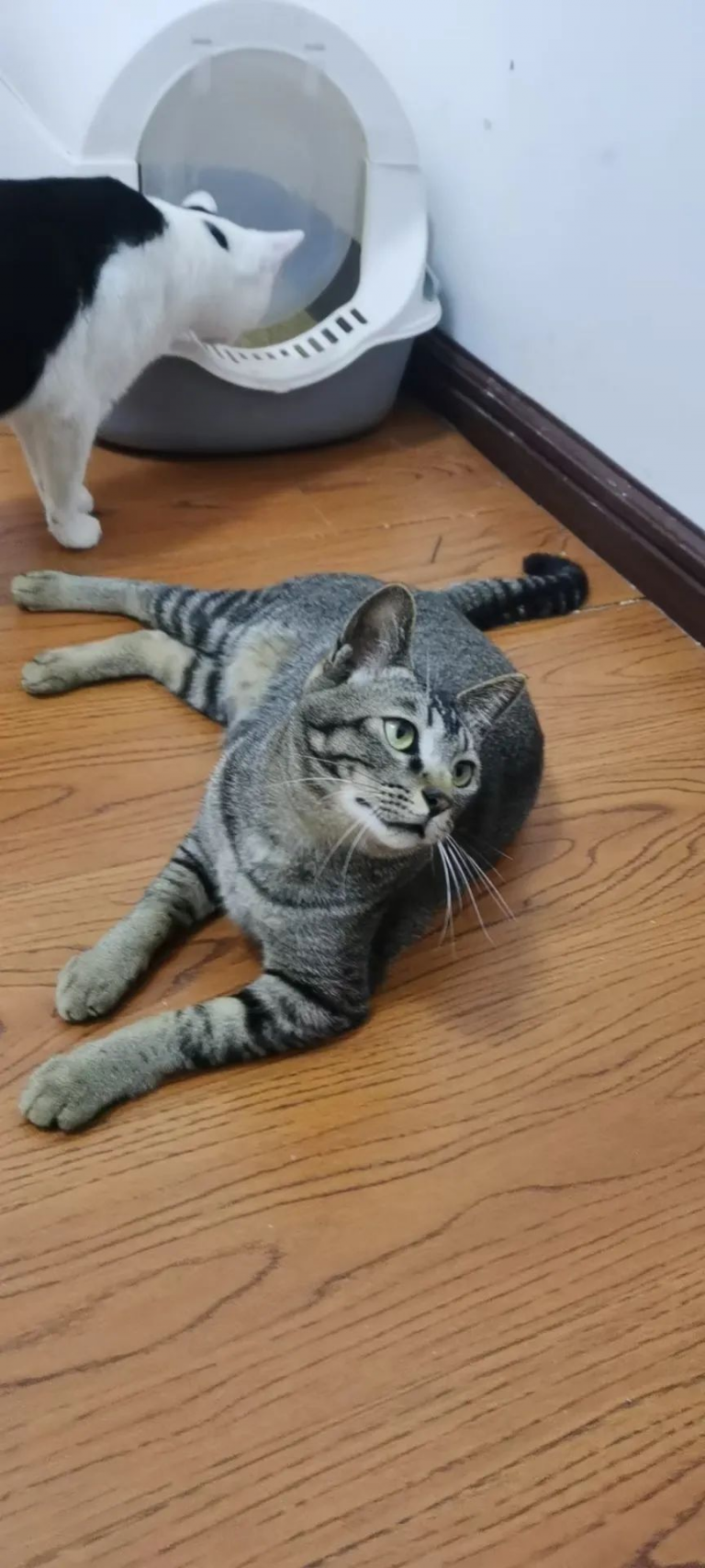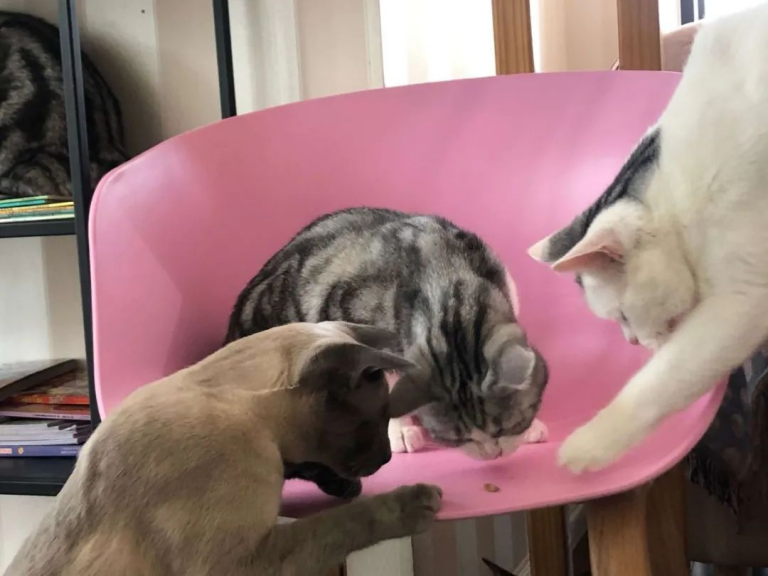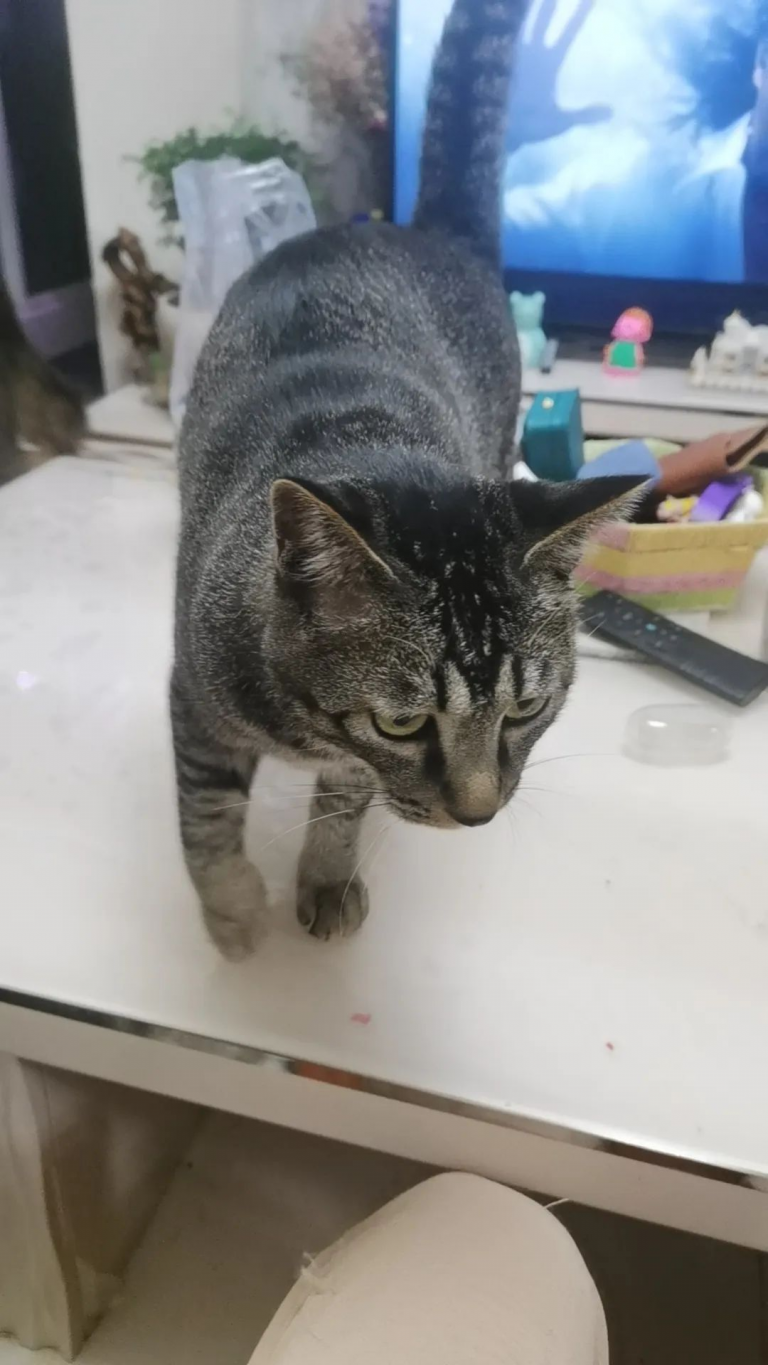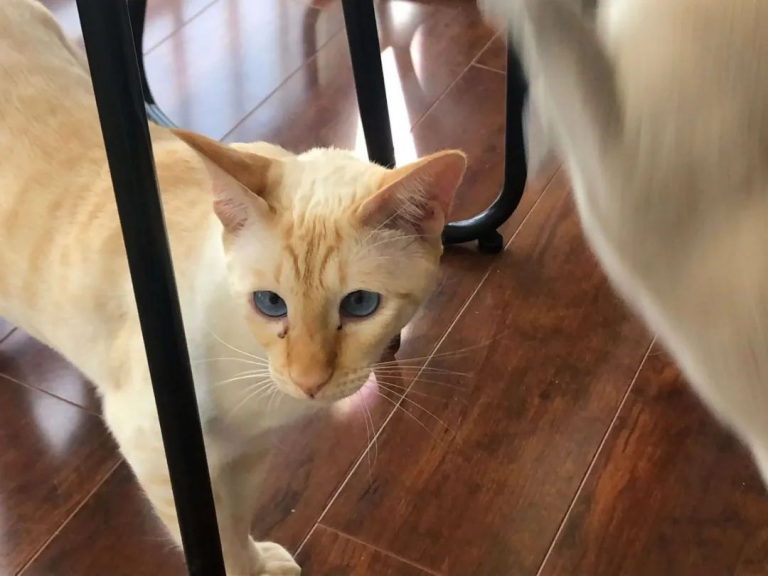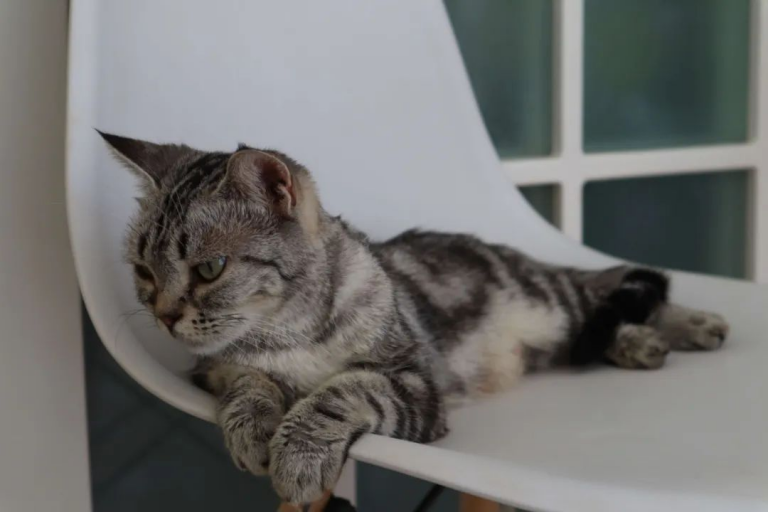Why does my cat toss his head back and forth when he eats?
We cat owners have all noticed that when our cats are eating, their heads are constantly tossing around. This behavior makes people curious, so why do cats move their heads like this when eating? This article will reveal the reasons why cats shake their heads when eating, so that we can better understand our cute little friends.

1. Adapt to the position and shape of food:
Cats’ head-tossing movements may help them adapt to the location and shape of their food. Cats’ mouths and tongues are specially constructed to help them adapt to catching and ingesting food. When cats eat, they may move their heads to adjust the position of the food in their mouths, allowing them to chew and swallow the food better. This movement helps cats place their food in the most comfortable position and ensures they can handle it efficiently.
2. Clean tableware and mouth:
The cat’s head tossing motion may also be to clean dishes and mouth. When cats finish eating, they may shake their heads to clean their mouths and faces to get any remaining food particles out of their fur. This cleaning behavior helps keep your cat’s mouth and face clean and prevents debris from becoming trapped.
3. Control the eating speed of food:
Head shaking may also be a sign that the cat is controlling its eating speed. Cats are predators and usually eat at a fast pace. This may be related to its survival strategy of needing to eat enough food quickly during its wild period. However, when domestic cats no longer need to eat quickly to survive, they may realize that they need to control the pace of their food intake. Therefore, the head-throwing motion may be the cat’s attempt to slow down its eating process so that it can digest the food better.
4. Seeking attention and pleasure:
A cat’s head tossing action may also be to attract the owner’s attention and gain pleasure. Cats are social animals and they tend to get attention and affection from their owners. When cats whip their heads while eating, they may want their owners to notice them and provide them with extra attention and play. This behavior may be one of the ways cats proactively interact with their owners and establish an emotional bond.
5. Individual differences and habitual behaviors:
Finally, it should be noted that there may also be individual differences and habitual behaviors in cats’ head tossing movements. Every cat has unique habits and habits, so some cats may exhibit head tossing more frequently, while others may exhibit this behavior less often or almost never. This individual difference may be affected by various factors such as the cat’s personality, experience and environment.

In summary:
The movement of a cat’s head tossing around while eating may be the result of a combination of factors. They may move their heads to adapt to the position and shape of food, clean utensils and mouths, control eating speed, express their needs and seek attention. In addition, individual differences and habitual behaviors may also affect a cat’s head movements while eating. For cat owners, understanding the possible causes of this behavior can help to better care for and focus on the health and well-being of their cats. At the same time, if you are confused or have questions about your cat’s head movements, it is recommended to consult a veterinarian or a professional cat behaviorist for more guidance and advice.

